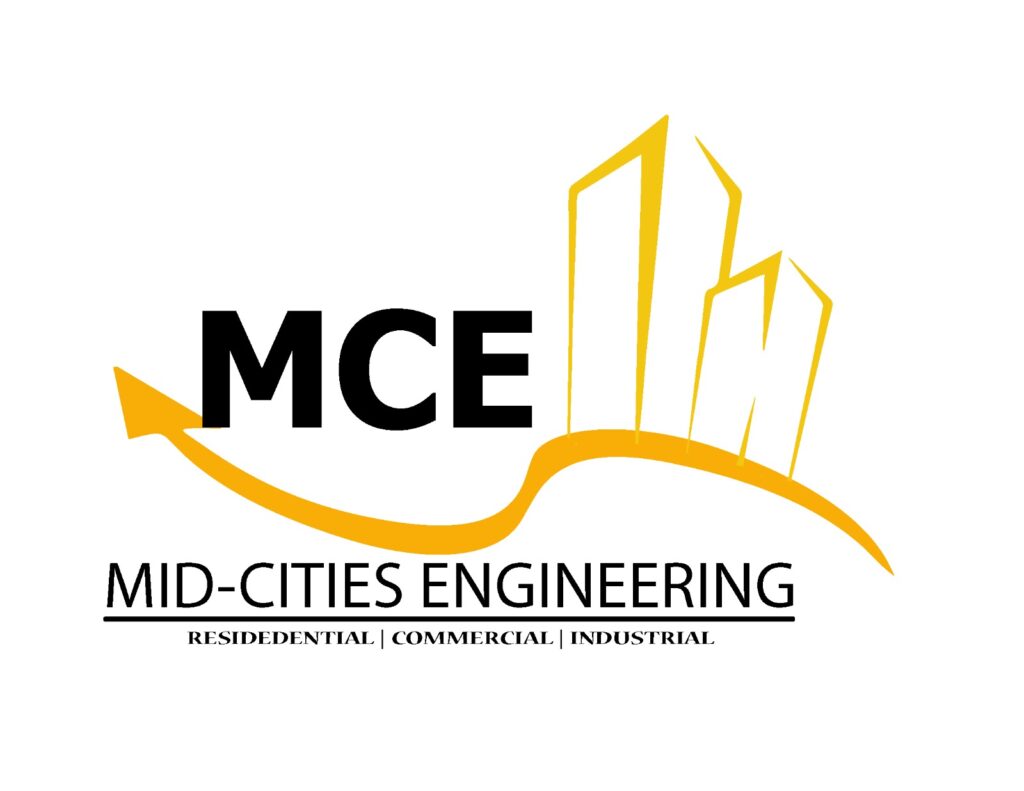Utility Coordination
Utility Coordination
Utility coordination is a critical aspect of the land development process, ensuring the efficient and effective placement, management, and integration of various utilities and infrastructure within a project’s footprint. This multifaceted discipline involves the careful planning, communication, and collaboration among multiple stakeholders, including developers, utility companies, municipal authorities, and engineers. The goal of utility coordination is to minimize disruptions, reduce costs, and enhance the overall functionality and sustainability of a development project.
Previous
Next
Planning and Integration of Utilities
The initial phase of utility coordination involves meticulous planning and assessment of a project’s utility needs. This encompasses the identification and mapping of existing utilities such as water, sewer, gas, electricity, and telecommunications. Additionally, planners must consider the future utility requirements of the development to accommodate growth and expansion. Integration is essential to ensure that utilities are strategically located to provide efficient services while minimizing conflicts and potential disruptions. This phase often includes evaluations of utility capacity, load demands, and environmental considerations to meet regulatory and environmental standards.
Stakeholder Collaboration and Permitting
Successful utility coordination relies heavily on collaboration among stakeholders. Developers, utility companies, local municipalities, and engineering firms must work together to address permitting, compliance, and zoning requirements. This collaborative approach also includes negotiating agreements for utility access, easements, and shared infrastructure costs. Obtaining the necessary permits and approvals from regulatory bodies is a crucial step to ensure that the development aligns with zoning and land use regulations while adhering to safety and environmental guidelines.
Project Implementation and Maintenance
Once utility coordination planning and permitting are complete, the development project moves to the implementation phase. This involves the physical installation of utilities, including excavation, trenching, and construction of utility lines and infrastructure. Continuous monitoring and maintenance are essential to ensure the long-term functionality and sustainability of the utilities within the development. Proactive measures such as regular inspections, repairs, and upgrades are crucial to prevent disruptions and ensure the ongoing reliability of the utilities serving the community.
Advantages of Utility Coordination
- Minimizes construction disruptions and delays.
- Enhances safety by reducing the risk of utility-related accidents.
- Leads to cost savings by identifying and addressing utility conflicts early in the planning process.

